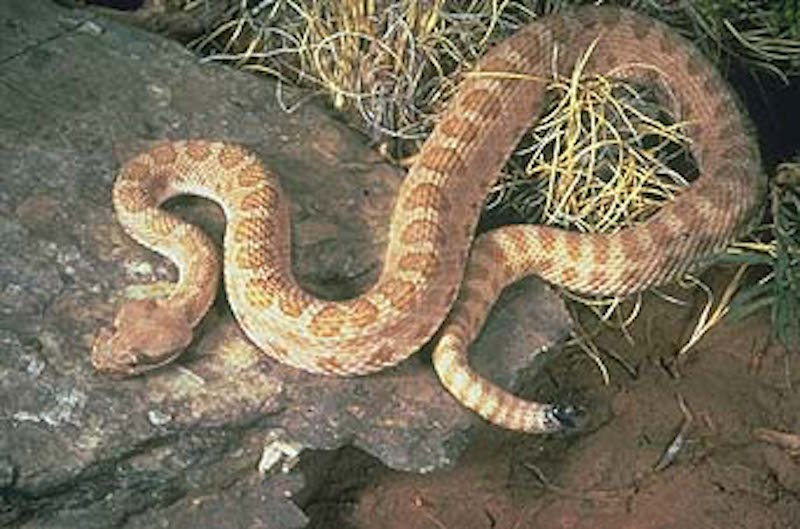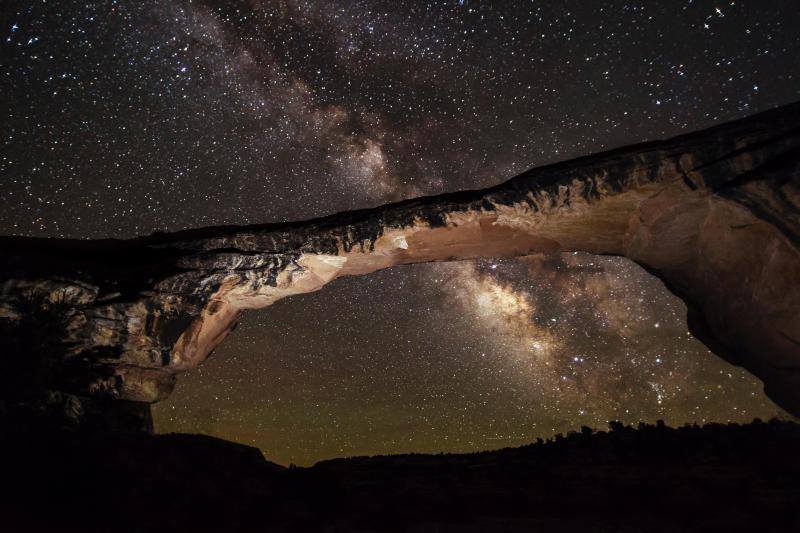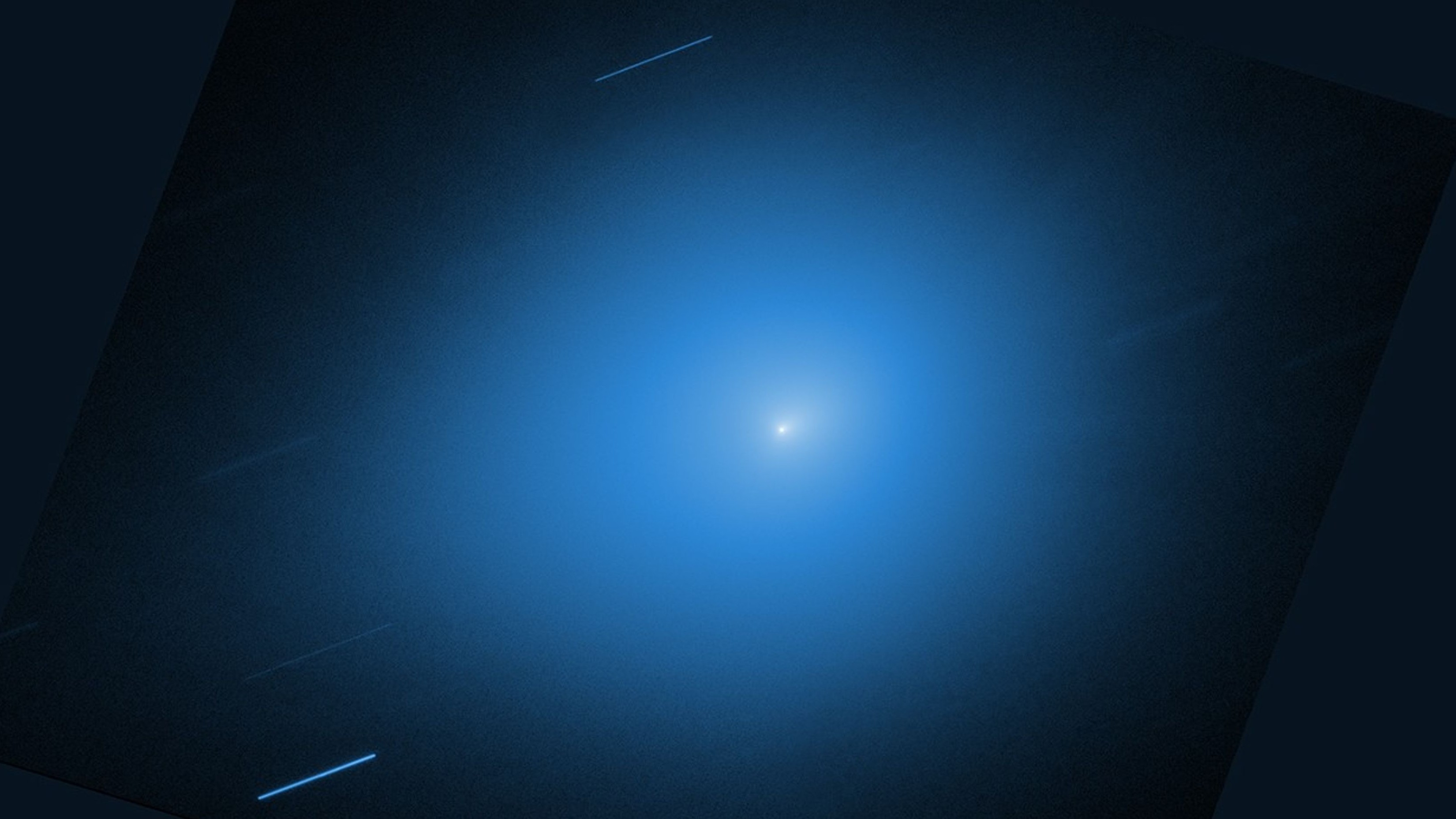In Photos: How These Stunning Natural Bridges Form and Why They're So Gorgeous
Dangerous untold

At an elevation of 6,500 feet (2000 m), the lands surrounding the national monument are rich in high-desert plants and animals. Plant life across the monument ranges from the very fragile cryptobiotic soil crusts to stands of Douglas-fir, Pseudotsuga menziesii, and ponderosa pine, Pinus ponderosa. Utah juniper and pinyon pines are the most common desert trees upon the mesas, while the hot canyons are home to species of cacti and yucca. Typical high-desert animals like mule deer, Odocoileus hemionus, mountain lions, Puma concolor, are common across the region. Poisonous animals like scorpions, black widow spiders, Latrodectus hesperus, and midget-faded rattlesnakes, Crotalus oreganus concolor, shown here, require visitors to the national monument to remain cautious.
Utah's oldest

Natural Bridges National Monument is the oldest National Park Service site in Utah. Established and protected since 1908, this remote national monument is well worth the challenges of getting there. There is no cell phone service within the monument and visitors are advised to arrive with a full tank of gas, food and plenty of drinking water. Visitors are also encouraged to plan to camp over night at the park and see for themselves the absolutely incredible nighttime sky. So spectacular is the night sky found here that the International Dark Sky Association designated Natural Bridges National Monument the first International Dark Sky Park on March 6, 2007. Astronomer, cosmologist and astrophysicist Carl Sagan reminded mankind in 1980 that "we're made of star stuff" and at Natural Bridges National Monument you can really experience this generation of stars.
Get the world’s most fascinating discoveries delivered straight to your inbox.


